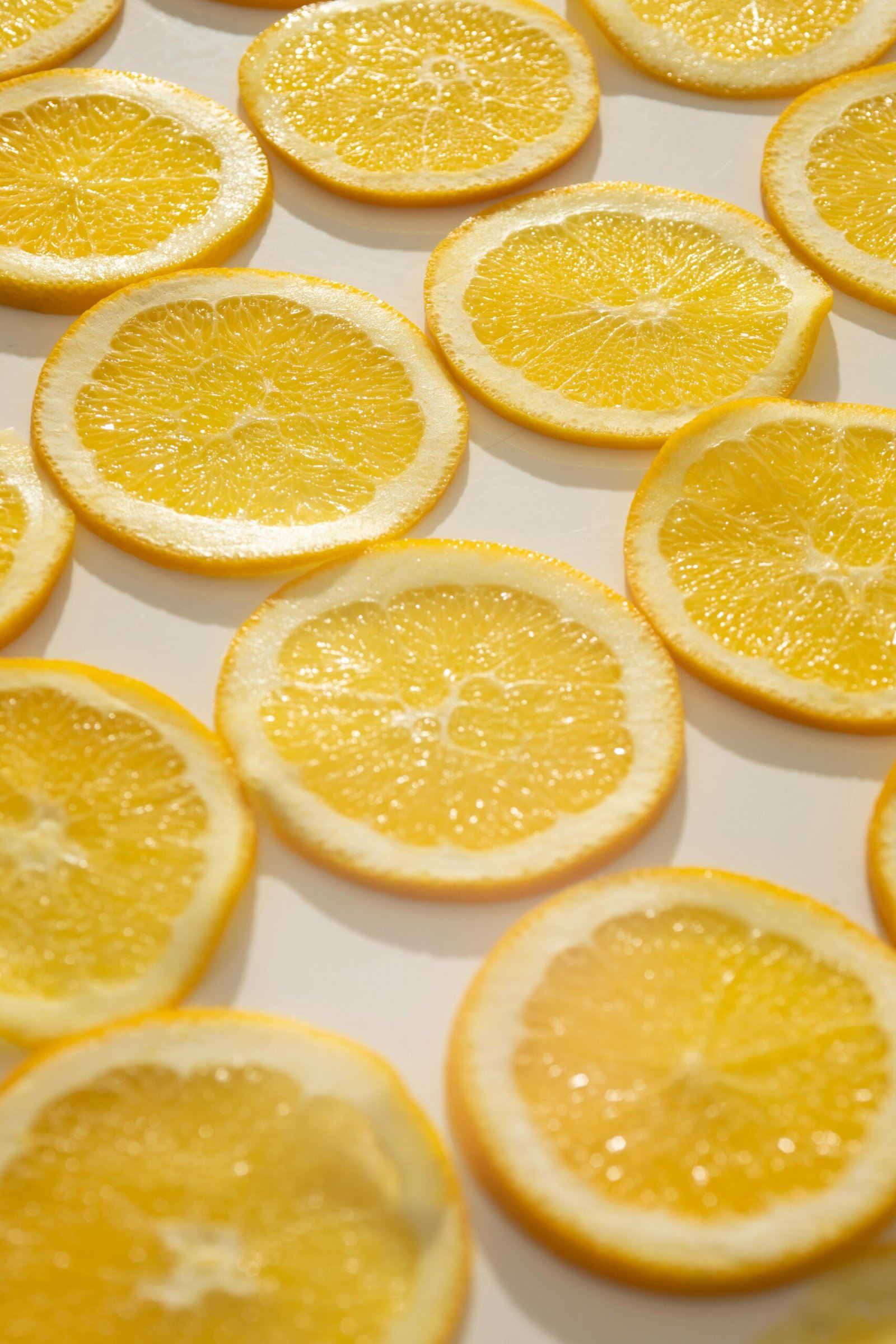Eat Your Peels: Unlocking the Nutritional Benefits
In today quest for optimal health we often overlook one simple yet powerful source of nutrition: fruit and vegetable peels. While many of us habitually discard these outer layers they are in fact packed with essential vitamins minerals and other nutrients vital for our wellbeing. Let delve into the nutritional benefits of incorporating peels into your diet and explore creative ways to unlock their potential.
Understanding the Importance of Nutrition
Nutrition plays a pivotal role in maintaining overall health and vitality. A wellbalanced diet rich in vitamins minerals and antioxidants is essential for supporting bodily functions boosting immunity and preventing various diseases.
What Are Fruit and Vegetable Peels?
Peels also known as rinds or skins refer to the outer protective layers of fruits and vegetables. Composed primarily of fiber vitamins minerals and antioxidants these oftenoverlooked parts are integral to the plant structure and nutrient profile.
Nutritional Benefits of Fruit and Vegetable Peels
Fiber Content
Peels are abundant in dietary fiber which aids in digestion promotes satiety and helps regulate blood sugar levels. Consuming adequate fiber is crucial for maintaining gastrointestinal health and preventing constipation.
Antioxidants
Rich in antioxidants such as polyphenols and flavonoids peels help combat oxidative stress and inflammation in the body. These compounds play a vital role in neutralizing free radicals thereby reducing the risk of chronic diseases like cancer and heart disease.
Vitamins and Minerals
Peels are a concentrated source of vitamins C A and E as well as minerals like potassium magnesium and zinc. These nutrients are essential for immune function skin health and cellular repair.
LesserKnown Nutrients in Peels
In addition to the more familiar nutrients peels contain lesserknown compounds with significant health benefits. Polyphenols for example have antiinflammatory and anticancer properties while essential oils contribute to the flavor and aroma of fruits and vegetables.
Health Benefits of Consuming Peels
Incorporating peels into your diet can offer a myriad of health benefits. From improved digestion and nutrient absorption to enhanced immune function and weight management the potential gains are substantial.
Ways to Incorporate Peels Into Your Diet
To reap the nutritional rewards of peels opt for organic and pesticidefree sources whenever possible. Thoroughly wash fruits and vegetables before consumption and consider leaving the peel on when appropriate.
Recipes and Ideas for Utilizing Peels
Get creative in the kitchen with recipes that celebrate the flavor and versatility of peels. From zesty citrus smoothies to crispy kale chips there are countless ways to incorporate peels into your favorite dishes and snacks.
Safety Precautions and Considerations
While peels offer numerous health benefits it essential to be mindful of potential risks. Pesticide exposure is a concern so choose organic produce or thoroughly wash conventionally grown fruits and vegetables before consuming the peel.
Myth Debunking: Are Peels Safe to Eat?
Contrary to popular belief many fruit and vegetable peels are perfectly safe to eat and can be enjoyed as part of a balanced diet. However it essential to research individual varieties and exercise caution if you have allergies or sensitivities.
Environmental Impact and Sustainability
In addition to their nutritional value consuming peels can contribute to environmental sustainability by reducing food waste. By utilizing the entire fruit or vegetable we minimize our carbon footprint and support local farmers.
Final Word
Incorporating fruit and vegetable peels into your diet is a simple yet effective way to enhance your nutritional intake and support overall health. By embracing these oftenoverlooked treasures you can unlock a wealth of vitamins minerals and antioxidants that nourish your body and delight your taste buds.
FAQs
What fruits and vegetables are safe to eat the peels of?
Generally fruits and vegetables with thin edible skins such as apples cucumbers and carrots are safe to eat the peels of. However it essential to wash them thoroughly to remove any dirt or pesticide residue.
How can I ensure that the peels I consume are pesticidefree?
Opt for organic produce whenever possible as it is less likely to contain harmful pesticides. Alternatively wash conventionally grown fruits and vegetables under running water and scrub them gently with a brush to remove any surface residues.
Are there any fruits or vegetables whose peels should be avoided?
While most fruit and vegetable peels are safe to eat there are some exceptions. For example citrus peels can be bitter and may contain pesticide residues so it best to use them sparingly or choose organic varieties.
Can eating peels cause digestive issues?
In some cases consuming large quantities of fruit or vegetable peels may cause digestive discomfort or exacerbate existing digestive issues. It essential to listen to your body and consume peels in moderation especially if you have a sensitive stomach.
Are there any specific recipes that highlight the flavor of peels?
Yes there are many delicious recipes that showcase the flavor and texture of fruit and vegetable peels. Try adding citrus zest to baked goods incorporating grated carrot or zucchini peel into muffins or tossing kale or potato skins with olive oil and spices for a crispy snack.


























+ There are no comments
Add yours